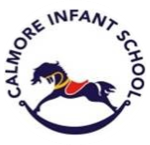DT
Design and technology to create and inspire our world!
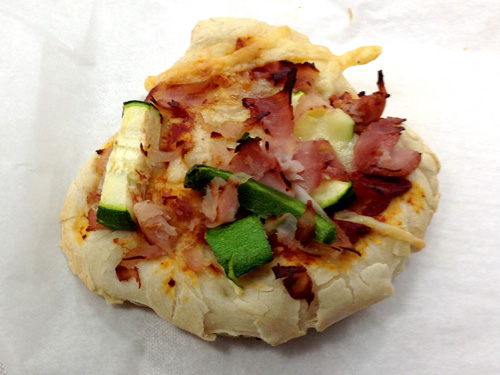
At Calmore Infant School, we want to prepare our children to deal with our rapidly shifting world. Through Design and Technology, the main emphasis is based on three keys areas which allow the children to design, make and evaluate their products as well as developing their technical skills understanding. This is achieved by being able to design, create functional products and evaluate or assess their own designs based on their key learning objective.
Building on these skills, enable the children to leave at the end of KS1 equip with the skills to use within an ever-changing society and to inspire future careers.
Like the rest of our curriculum, DT learning is challenging and purposeful with a strong focus on self-choice and innovation. We provide opportunities for individual choice in the designs and products they make, encouraging creativity not just in design, but also in ways to improve their product. We teach our children to be reflective and the importance of making ongoing changes and improvements during making stages. To support them with this, our children are challenged to be resourceful and use already acquired skills, from previous projects to demonstrate their progression of knowledge . Food nutrition also features strongly across the three-year group DT learning journeys to help educate children in making healthy choices for life, understanding where food comes from to underpin their knowledge on food and nutrition.
We want our children to be proud of their work and develop a love of design technology so that they move throughout schooling and their futures to tackle projects with confidence, talking about next steps in their learning.
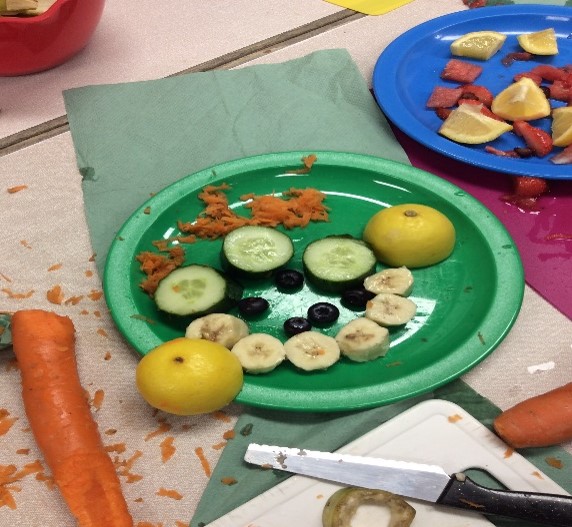
Implementing our Calmore DT curriculum
Children will access a progressive DT curriculum following the design, make and evaluate process to create innovative, purposeful products.
The progression of skills ensure that these domains are built on year on year and teachers refer and link back to previous learning to support children with this. Learning is driven by the Early Years Curriculum and National Curriculum.
In Year R, children will always have access to a ‘DT area’ during Continuous Provision, where they are able to create purposeful make with ‘real life’ examples for comparison. In Year 1 and Year 2, DT units are taught three times during the academic year, which are based around creating and evaluating a functional product.
Calmore Infant School uses a variety of teaching and learning styles in order to develop children’s knowledge, skills and understanding. Teachers provide a practical curriculum which involves children taking part in discussions, research and think critically about what problems they had to overcome and how they could improve their product. Pupils will work individually, in pairs and in group situations.
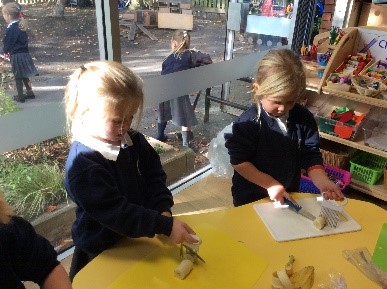
How does D&T fit in the EYFS curriculum?
Design and Technology is included within the Arts and Design (EAD) area of learning & development. It also includes elements of other areas of learning & development including Understanding the World (UW) & Physical Development (PD).
Each term, EYFS staff will plan a variety of adult-led teaching and learning opportunities, where children will be taught a range of skills, using a variety of media and tools. Children will be able to explore these skills during continuous provision on a daily basis.
Designing and making is about the way in which children learn about construction process is and the tools and techniques that can be used to assemble materials creatively and safely. To allow for effective practise and freedom to explore.
What does effective D & T practice look like in EYFS?
D & T should be appropriate to the developmental stage of the child, learning will look different from KS1.
Effective characteristics include:
- Designing - does not always mean a drawing – it can be discussion, talking and listening.
- The design is often intuitive
- Use key vocabulary – link to ‘made’ items within the classroom to allow rich discussions/conversations
- Build on children’s’ prior learning and experiences
- Can be teacher led or child led
- The designing and making process is open ended
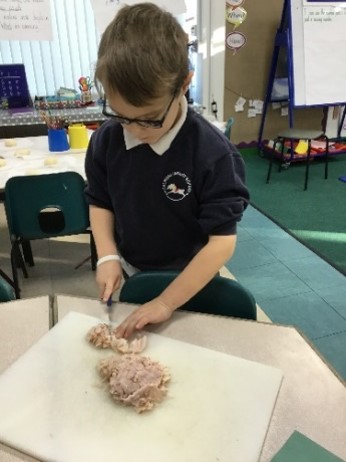
Where can children learn about DT?
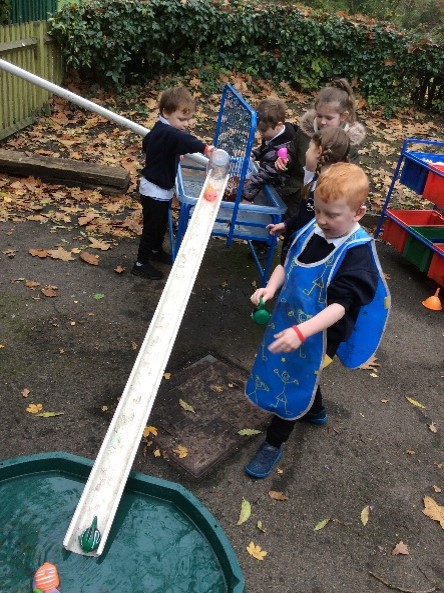
- Make things move – not just vehicles, but pulleys, water and balls using guttering or wind chimes.
- Construct – using lego, crates, blocks, tyres and ladders.
- Squash and squeeze material – dough, clay, wet sand
- Fold, cut and decorate- including paper, card and fabric.
- Food and cooking– exploring foodstuffs with dedicated tools which are essential.
Design and technology linked to expressive arts and design
EYFS Statutory Educational Programme: The development of children’s artistic and cultural awareness supports their imagination and creativity. It is important that children have regular opportunities to engage with the arts, enabling them to explore and play with a wide range of media and materials. The quality and variety of what children see, hear and participate in is crucial for developing their understanding, self-expression, vocabulary and ability to communicate through the arts. The frequency, repetition and depth of their experiences are fundamental to their progress in interpreting and appreciating what they hear, respond to and observe.
Children in reception will be learning to:
Explore, use and refine a variety of artistic effects to express their ideas and feelings.
Return to and build on their previous learning, refining ideas and developing their ability to represent them.
Create collaboratively, sharing ideas, resources and skills.
Examples of how to support this:
Teach children to develop their colour-mixing techniques to enable them to match the colours they see and want to represent, with step-by-step guidance when appropriate.
Provide opportunities to work together to develop and realise creative ideas.
Provide children with a range of materials for children to construct with. Encourage them to think about and discuss what they want to make. Discuss problems and how they might be solved as they arise. Reflect with children on how they have achieved their aims.
Teach children different techniques for joining materials, such as how to use adhesive tape and different sorts of glue.
Provide a range of materials and tools and teach children to use them with care and precision. Promote independence, taking care not to introduce too many new things at once.
Encourage children to notice features in the natural world. Help them to define colours, shapes, texture and smells in their own words. Discuss children’s responses to what they see.
Visit galleries and museums to generate inspiration and conversation about art and artists.
Planning will be guided by the EYFS Statutory Educational Programmes and Development Matters
Design and technology– physical development
EYFS Statutory Educational Programme: Physical activity is vital in children’s all-round development, enabling them to pursue happy, healthy and active lives. Gross and fine motor experiences develop incrementally throughout early childhood, starting with sensory explorations and the development of a child’s strength, co-ordination and positional awareness through tummy time, crawling and play movement with both objects and adults.
By creating games and providing opportunities for play both indoors and outdoors, adults can support children to develop their core strength, stability, balance, spatial awareness, co-ordination and agility. Gross motor skills provide the foundation for developing healthy bodies and social and emotional well-being. Fine motor control and precision helps with hand-eye co-ordination which is later linked to early literacy. Repeated and varied opportunities to explore and play with small world activities, puzzles, arts and crafts and the practice of using small tools, with feedback and support from adults, allow children to develop proficiency, control and confidence
Children in reception will be learning to:
Develop their small motor skills so that they can use a range of tools competently, safely and confidently. Suggested tools: pencils for drawing and writing, paintbrushes, scissors, knives, forks and spoons.
Examples of how to support this:
Before teaching children the correct pencil grip and posture for writing, or how to use a knife and fork and cut with scissors, check:
- that children have developed their upper arm and shoulder strength sufficiently: they do not need to move their shoulders as they move their hands and fingers
- that they can move and rotate their lower arms and wrists independently
Help children to develop the core strength and stability they need to support their small motor skills. Encourage and model tummy-crawling, crawling on all fours, climbing, pulling themselves up on a rope and hanging on monkey bars.
Offer children activities to develop and further refine their small motor skills. Suggestions: threading and sewing, woodwork, pouring, stirring, dancing with scarves, using spray bottles, dressing and undressing dolls, planting and caring for plants, playing with small world toys, and making models with junk materials, construction kits and malleable materials like clay.
Regularly review the equipment for children to develop their small motor skills. Is it appropriate for the different levels of skill and confidence of children in the class? Is it challenging for the most dexterous children?
Continuously check how children are holding pencils for writing, scissors and knives and forks. Offer regular, gentle encouragement and feedback. With regular practice, the physical skills children need to eat with a knife and fork and develop an efficient handwriting style will become increasingly automatic.
What does working at greater depth look like in design technology?
Creating opportunities for children to work at greater depth in DT involves allowing pupils the independence to apply their learning at a deeper level. They are the pupil who take an idea/concept or new learning and adapt it or develop it further independently: There pupils working at greater depth will be able to:
